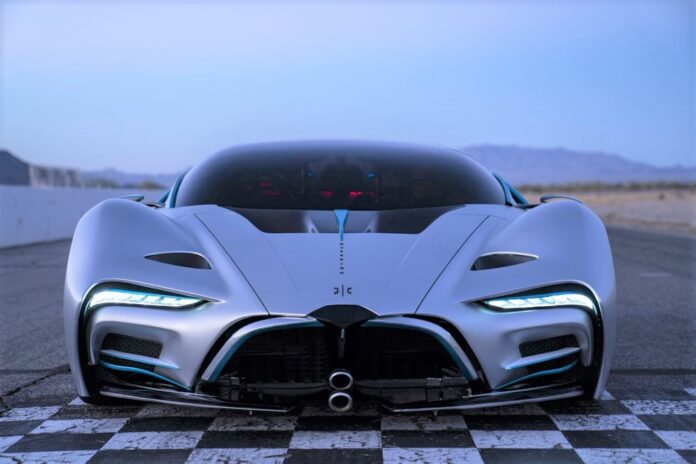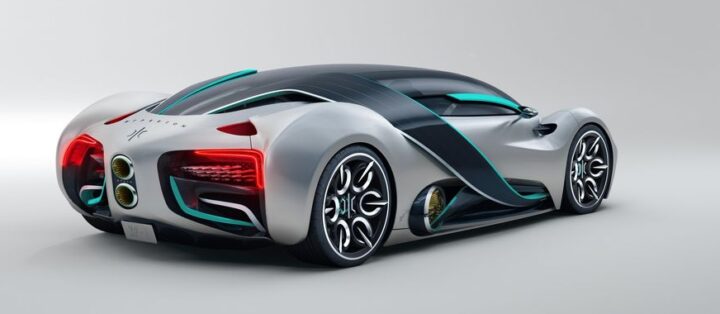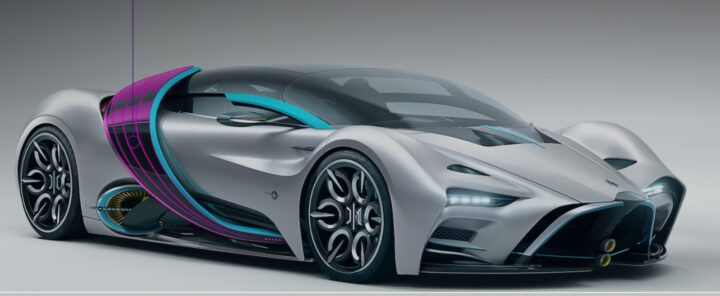
Hyperion XP1 a friendly environmental prototype
Hyperion XP1 is the prototype of a hydrogen fuel cells car, prepared as an alternative much friendlier to the environment and perhaps even more affordable in price compared with electric cars, which are pushed to be bought through legislative determinations in Europe nowadays.
Hydrogen-powered vehicles are gaining attention as a promising solution to reduce carbon emissions and achieve sustainable transportation. Among these innovative cars is the Hyperion XP1, a ground-breaking vehicle that combines advanced hydrogen fuel cell technology with exceptional performance and futuristic design.
In this article, we will delve into the features, advantages, and potential of the Hyperion XP1, highlighting its contribution to a greener future.
Hyperion as one of the start-up company
In addition to the classic producers who are trying to get out of their inertia this direction, start-ups have started to appear. It is obvious that one of the solutions is the hydrogen; Toyota vehemently recognized it many times. Maybe the cars will cost more, but if the distribution network will be spread over the territory, the terms of the equation will change for the better.
An example is Hyperion Companies, Inc., founded in 2011 in Columbus, Ohio, which develops hydrogen fuel cells, energy storage, and advanced mobility solutions.
Having a team of aerospace and automotive engineers, in 2015 the company moved to the west coast to continue development using as an advantage California’s Hydrogen Highway.
Being focused on green hydrogen-based power and delivery, Hyperion seeks to revolutionize the energy sector by producing high quality, low-cost hydrogen fuel cell technology for use in a wide variety of industries.
The Hydrogen Advantage
The Hyperion XP1 stands out for its utilization of hydrogen fuel cell technology. Unlike traditional combustion engines, hydrogen fuel cells produce electricity through a chemical reaction between hydrogen and oxygen, emitting only water vapor as a by-product.
This emission-free operation contributes to reducing greenhouse gas emissions and combating climate change. Furthermore, hydrogen is abundantly available and can be produced using renewable energy sources, making it a sustainable fuel option.
Cutting-Edge Design and Performance
In 2020 the team unveiled their Hyperion XP1 prototype on hydrogen fuel cells: the world’s first 1,000-mile electric vehicle, which works using a quantum leap in fuel cell architecture— with NASA and DOE technologies.

The Hyperion XP1 is not just environmentally friendly; it is also a marvel of engineering and design. With its sleek and aerodynamic body, the XP1 exhibits a futuristic aesthetic that turns heads wherever it goes.
Lightweight and strong, using carbon fiber and titanium monocoque chassis, rochetships alloys, halcyon wing doors, panoramic canopy and being spaceship inspired as whole product amazes you and contributes to enhanced performance and efficiency.

Equipped with powerful electric motors, Hyperion XP1 develop 2038 horsepower and delivers impressive acceleration of 0-60 mph in 2.25 seconds, and reach the top speed of 221 mph.
Extended Range and Quick Refueling
One of the significant advantages of the Hyperion XP1 is its extended range and quick refueling time of 3-5 minutes. Hydrogen fuel cell vehicles offer longer driving distances of 1000 miles compared to many electric vehicles, making them suitable for long journeys. The Hyperion XP1 boasts a range that can rival traditional gasoline-powered cars, allowing drivers to go the extra mile with confidence. Additionally, refueling Hyperion XP1 with hydrogen is as convenient as refueling a gasoline vehicle, taking just a few minutes instead of hours required for recharging electric vehicle batteries.
Overcoming Challenges
Despite its numerous benefits, the widespread adoption of hydrogen-powered vehicles faces challenges such as infrastructure development, cost, and public awareness.
Building a comprehensive hydrogen fueling network is crucial to support the growth of these vehicles.
However, efforts are being made to expand refueling stations in various regions. Furthermore, advancements in technology and economies of scale are expected to bring down the costs associated with hydrogen fuel cell systems, making them more accessible to consumers.



